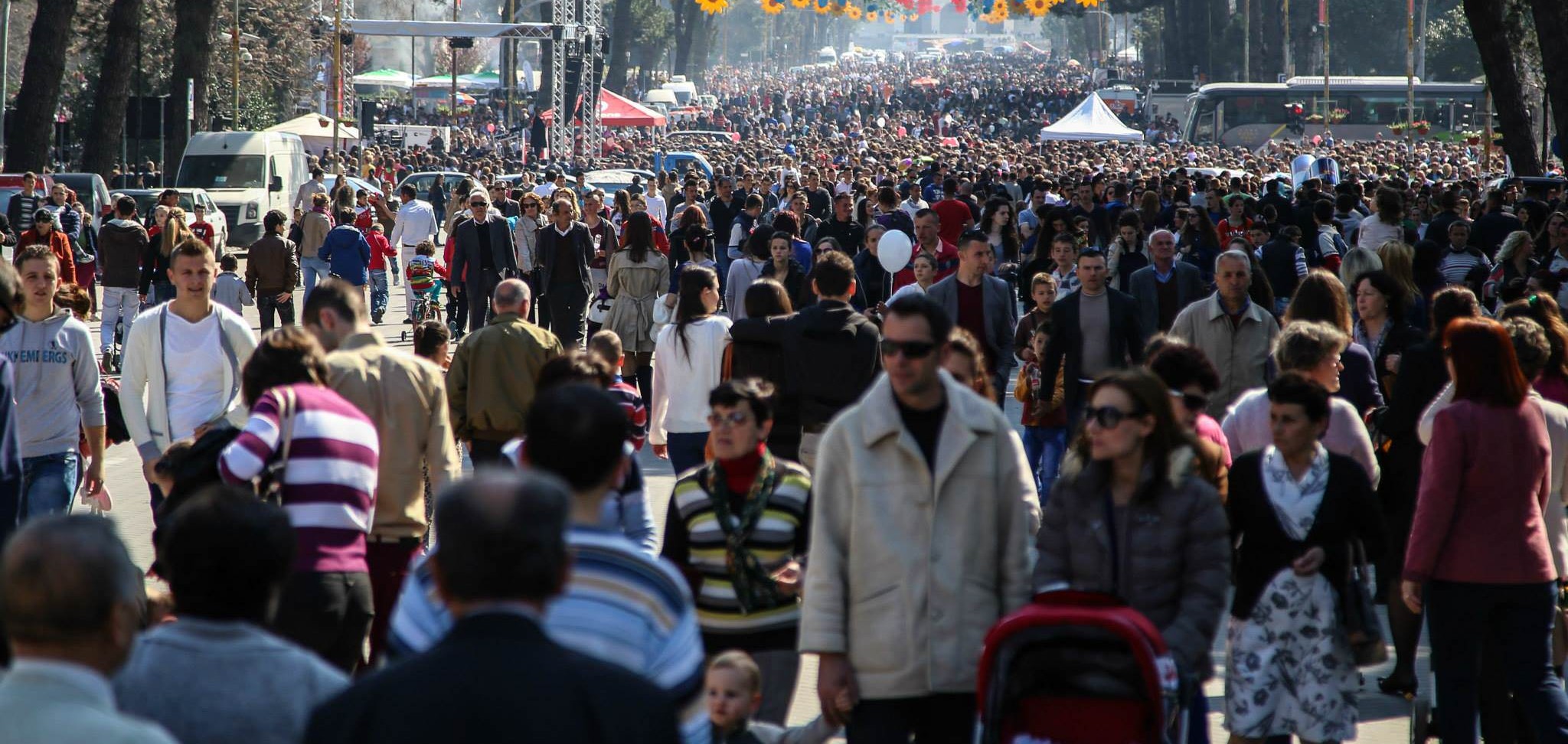

It goes even further, by listing Albania as the tenth country of the world as far as the number of women ministers is concerned. Meanwhile, the country ranks 48th in the world about the number of women MPs and this is a very favorable position, given that Albania overcomes many developed countries in this aspect. But is this really the situation of equality between men and women in our country? No, because the Global Economic Forum also points out other sectors, where inequality between men and women is very high. Here, we can mention healthcare, for which Albania ranks 120th between the 144 countries of the world, in terms of women’s health as opposed to men’s health and also in terms of life expectancy.
They bring more money at home, but they are also the most unemployed ones
They bring more money at home, but, in fact, they are also the most unemployed ones. Unemployment rate among women is higher than unemployment rate for men, but at the same time, they are also the biggest contributors of household budgets. This is confirmed by the report of the Global Economic Forum. According to this organization, unemployment rate among young men in Albania is 29% of the total, while this rate is higher among women, at 32%. Meanwhile, unemployment rate in our country is estimated to be 17.1%. On the other hand, women make up the highest number of self-employed people in Albania, showing that they have difficulties in finding a full time job and as a result, they are obliged to create a job for themselves in order to sustain their families. According to international experts, inequality with men is even higher, if we take into account the fact that women bring more money at home.
INSTAT: Women and men are not paid the same way
In Albania there’s a big gender gap in payments. This was also confirmed by the Institute of Statistics in its latest report dubbed “Men and women in Albania, 2017”, according to which, people of different genders in our country are not paid the same for the same job. This is a very strong indicator of gender inequality, which continues to be present in our country. “The gender gap of payments for all full time employees is 6.3%. Meanwhile, 56% of employees are men and 44% are women”, experts say. Meanwhile, they also say that in agriculture, extracting industry, energy, gas and water supply sector, the average salary of men is higher than the salary of women, adding that production has the biggest gap of salaries among other economic sectors in Albania, with 23.3%.
UNDP: Albanians were impoverished by progressive tax
If there hadn’t been a change from flat tax to progressive tax, poverty in Albania would have dropped, while the middle class would be expanded by 2.5%. This was the conclusion drawn by an UNDP report, according to which, tax on incomes, which changed at the end of 2013, passing into a progressive system, has caused more negative effects than expected on the economy. “The percentage of heads of families who lived in poverty in 2014 went up by 1% compared to 2008, while the middle class expanded by 2.8% during this period”, experts of UNDP say. Meanwhile, they also add that although there are no major differences between different consumption groups, the differences in the period from 2008 until 2018 is evident. “Half of households which belonged to the middle class in 2008 moved into the category of people in need in 2014”, the report says.




 ALB
ALB
 ENG
ENG
